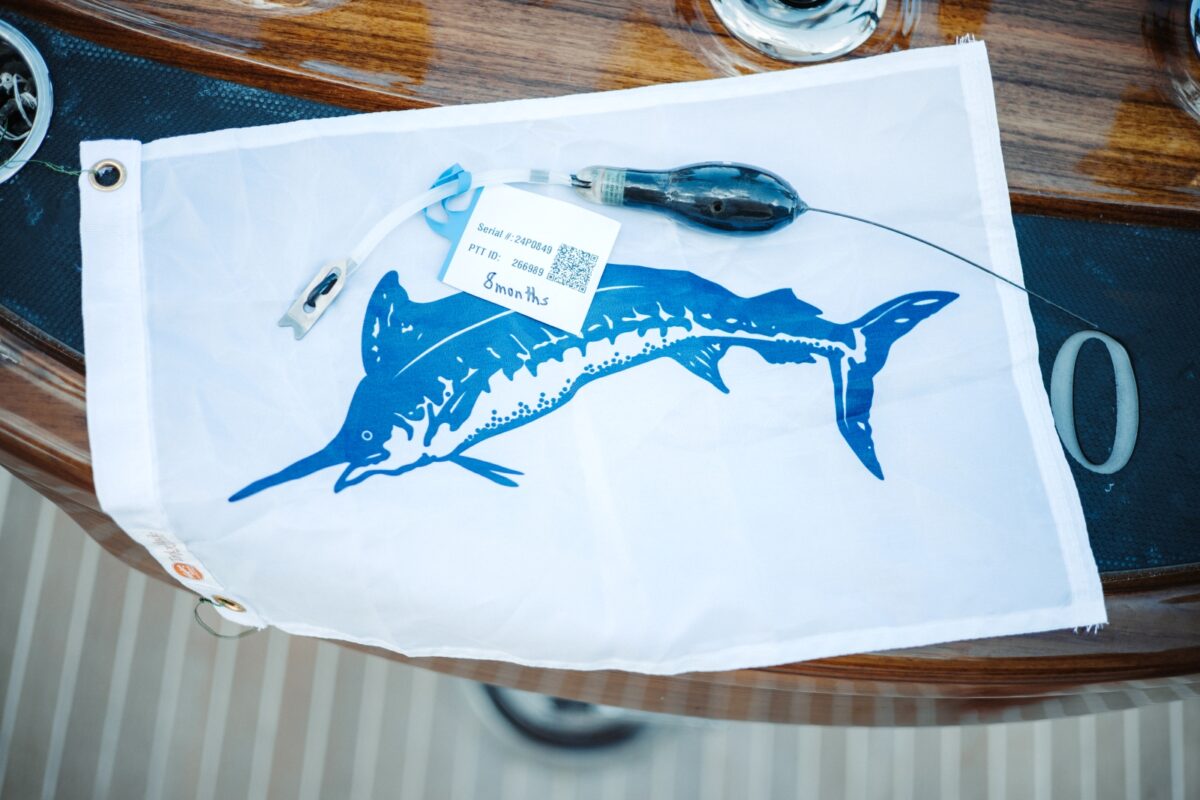The Skillie Project – Largest White Marlin Satellite Tagging Mission
Eugene L. 12.06.24

The Billfish Foundation (TBF) has announced the 2024 launch of its latest conservation initiative, The Skillie Project. A new project with the goal of better understanding and advancing the conservation of the understudied Northeastern Atlantic White Marlin (Tetrapturus albidus) population. Named for the local name of the billfish “Skillies”, this project is partnered up with the University of Maine, local captains, fishery pioneers, and the greater fishing community of southeastern New England. Additionally, cutting-edge satellite tagging tech is being used as well to better understand the migratory patterns of the White Marlin. All of this in hopes of better understanding and protecting one of Nantucket’s most prized game fish.

While the Nantucket fishery was originally renowned for its swordfish, starting in the 1980s the region began to evolve into a key habitat for white marlin. By the end of the century, anglers were catching record numbers of larger-than-average white marlin. Unfortunately in recent years, the annual return of the marlin has become less consistent, prompting the community to take action.
“The Skillie Project is a testament to what can be achieved when passionate individuals, industry leaders, and the greater fishing community come together for a common cause,” said Peter Chaibongsai with The Billfish Foundation. “Drawing inspiration from the model of our successful Marlin Fly Project, the idea of a research mission – fully dedicated to understanding the migratory secrets of these elusive fish while highlighting this historic community – instantly became a reality.”

The Skillie Project quickly gained traction and quickly got backing from passionate stakeholders, the University of Maine’s Pelagic Science Lab, and industry-leading brands (MidAtlantic Tournament, Viking Yachts, Valhalla Boatworks, Nomadix, Costa Sunglasses, and Yeti). This resulted in the donation of 17 satellite tags for the inaugural year. These tags are programmed to remain on the fish for eight or twelve-month durations, collecting data the whole time. This data will then be used to provide vital insights into the migratory behavior of the fish, helping researchers to plan conservation strategies for the species.
On the water, Captain John Galvin and Captain Rob Goodwin led the effort, each piloting two Viking 72s – El Diablo and Scup Slayer, respectively. The duo built upon decades of Nantucket fisheries history, they worked with the Billfish Foundation, Captain Martin Scanlan, and the University of Maine to execute the tagging. Even with the challenges of an unpredictable fishery and narrow window for tagging, the Skillie Project managed to successfully deploy five satellite tags this year.

“Ask anyone that’s ever fished around here, finding Skillies in the unpredictable waters of Nantucket Shoals is no easy feat, let alone catching one. Success requires a delicate balance of ideal conditions, expertise, and sheer luck. So to deploy five tags in our first season is really special and a significant step forward,” shared Capt. John Galvin of Nantucket. “This project is a remarkable example of community collaboration and scientific teamwork, and I’m confident it’s going to lead to some incredible discoveries.”
The Skillie Project will keep going in 2025, with plans to deploy additional satellite tags and analyze the data collected this year. The data gathered here will help shape future management practices to help ensure that Skillies remain a prized part of New England’s marine heritage for years to come.
For more information on The Skillie Project, please visit www.theskillieproject.com.